Ohio After Roe
Chapter 1: The Abortion Provider
By Amy Eddings & Stephanie Czekalinski
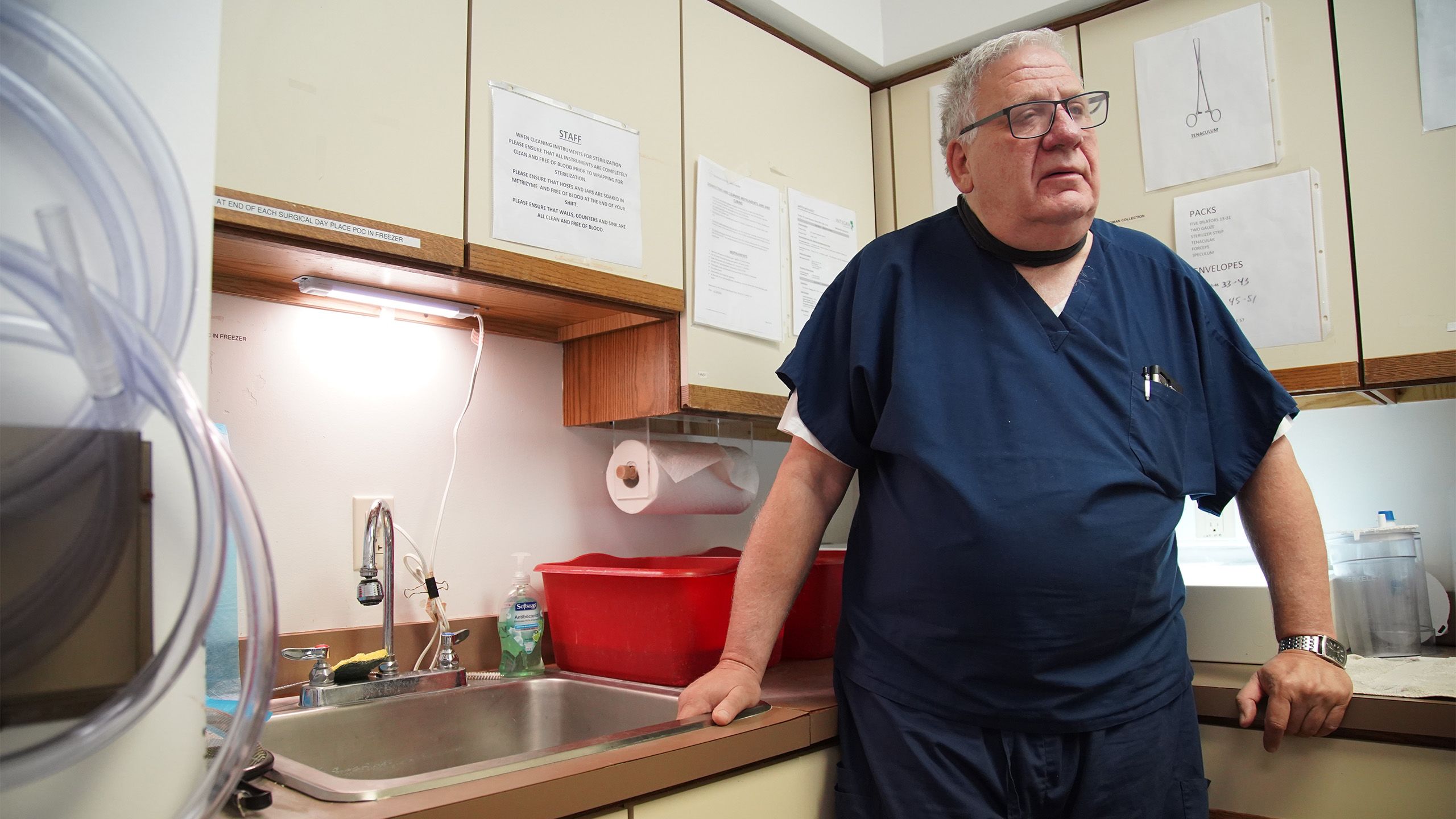
On the same day the U.S. Supreme Court overturned Roe v. Wade, the landmark 1973 case that legalized abortion nationwide, Jenna was getting a surgical abortion at the Northeast Ohio Women’s Center in Cuyahoga Falls.
She lay on an exam table with her feet up in metal stirrups. Her long fingernails with tiny, elaborate patterns got everyone’s attention, including Dr. David Burkons, the owner and medical director of the clinic.
“Those are the nails of the day!” he told Jenna, whose last name we’re not using to protect her privacy.
He and his staff gently guided their patient through the procedure.
“Now, you’re going to hear the machine turn on. That means you’ve got about a minute to go,” Burkons told Jenna. The machine was a vacuum aspiration device.
“We’re starting the last part, okay?” added Sherri Grossman, the executive director of operations at the clinic, who assists with some of Burkons’ abortions.
“You’re doing a great job. You’re doing such a great job,” she said.
Jenna held Grossman’s hand as the machine hummed in the background. The procedure, called a D&C, or dilation and curettage, involves dilating the cervix and removing the contents of the womb.
“All done, honey,” Burkons said.
The procedure took about 10 minutes, and it took place just hours before an abortion like Jenna’s would be banned by the state.
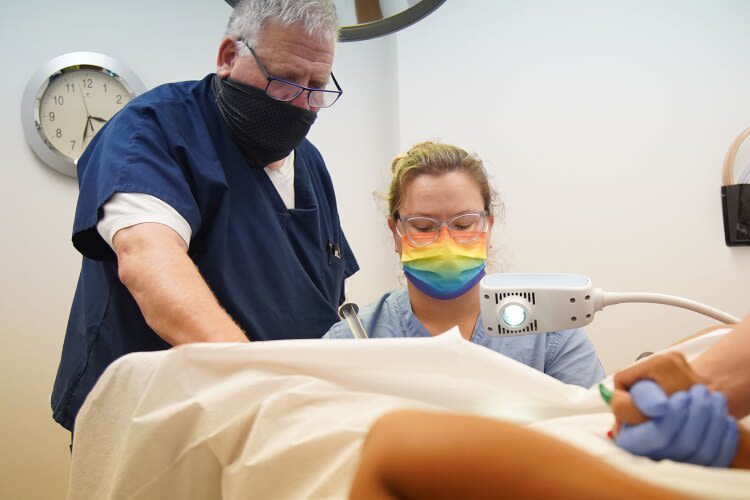
Drs. David Burkons (left) and Deanna Lines perform an abortion at the Northeast Ohio Women's Center on Friday, June 24, 2022, the day the U.S. Supreme Court overturned Roe v. Wade. A syringe, like the one Dr. Lines holds, is used as a vacuum source to terminate early-stage pregnancies.
Drs. David Burkons (left) and Deanna Lines perform an abortion at the Northeast Ohio Women's Center on Friday, June 24, 2022, the day the U.S. Supreme Court overturned Roe v. Wade. A syringe, like the one Dr. Lines holds, is used as a vacuum source to terminate early-stage pregnancies.

A sticker portraying former U.S. Supreme Court Justice Ruth Bader Ginsburg, who died in September 2020, is seen inside the Northeast Ohio Women's Center in Cuyahoga Falls. Ginsburg was a staunch supporter of abortion rights.
A sticker portraying former U.S. Supreme Court Justice Ruth Bader Ginsburg, who died in September 2020, is seen inside the Northeast Ohio Women's Center in Cuyahoga Falls. Ginsburg was a staunch supporter of abortion rights.
On the evening of June 24, 2022, with Roe out of the way, Ohio’s 2019 Heartbeat Law went into effect. It bans abortion after the detection of fetal cardiac activity, which typically occurs around six weeks of pregnancy, before many women realize they’re pregnant.
Jenna’s pregnancy was farther along and would not have made the cutoff, according to Burkons.
Before the new restrictions, the state allowed abortion up to 20 weeks after conception, which obstetricians measure as 22 weeks of pregnancy.
A ban on abortion after six weeks of pregnancy would greatly reduce the number of abortions in Ohio, according to data from the U.S. Centers for Disease Control and Prevention (CDC). In 2020, more than two-thirds of Ohio’s abortions occurred after six weeks.

Burkons, who’s 75, said operating under a six-week legal limit would be daunting.
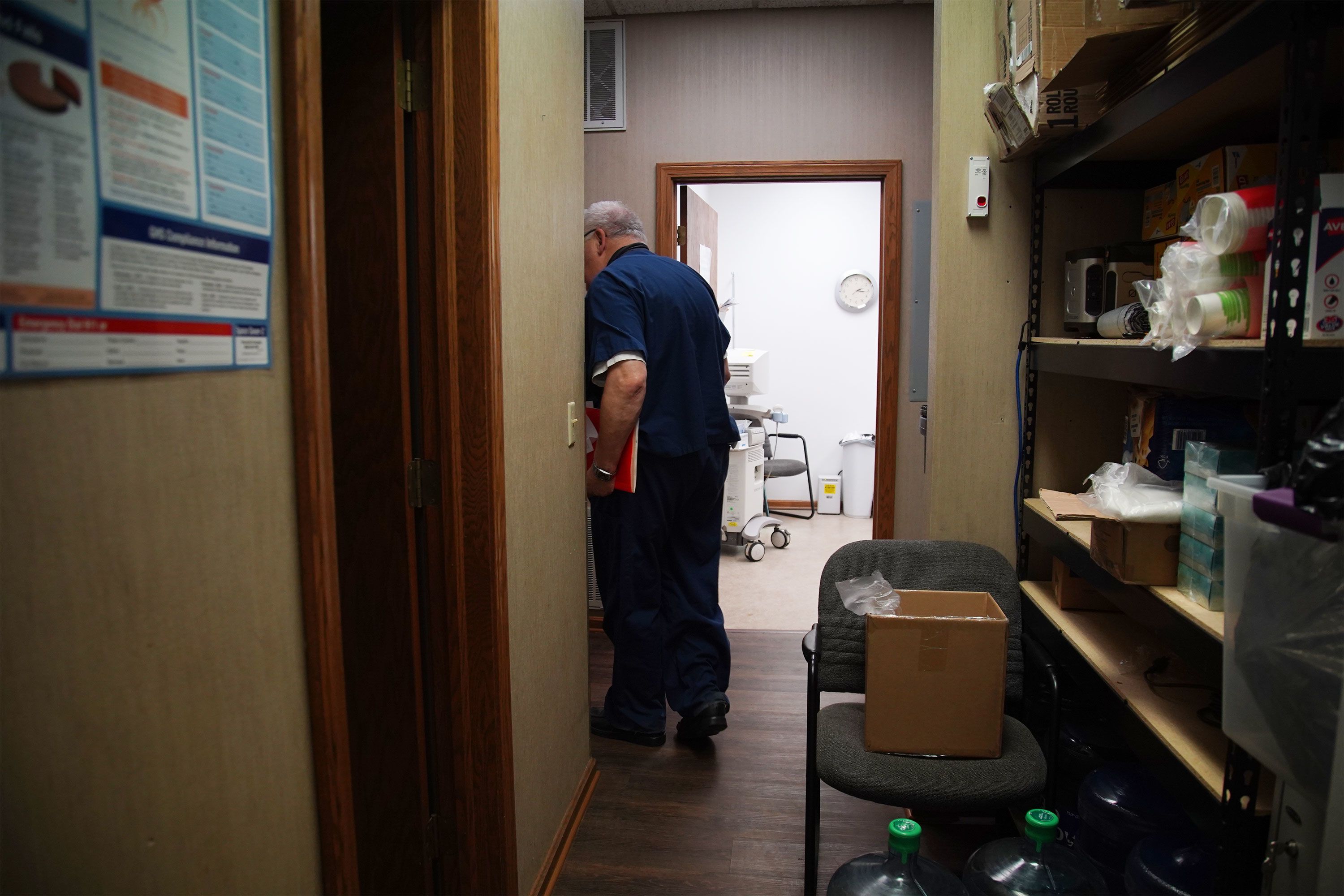
Dr. David Burkons, owner and medical director of the Northeast Ohio Women’s Center, navigates the clinic’s Cuyahoga Falls office during a busy day in June 2022. Following the U.S. Supreme Court’s reversal of Roe v. Wade, the future of abortion access in Ohio has been thrown into doubt.
Dr. David Burkons, owner and medical director of the Northeast Ohio Women’s Center, navigates the clinic’s Cuyahoga Falls office during a busy day in June 2022. Following the U.S. Supreme Court’s reversal of Roe v. Wade, the future of abortion access in Ohio has been thrown into doubt.
“You want to continue doing what you're doing because you know that you're helping these women, but you don't know how you're going to do it. That's an anxiety-causing thing. But, when it happens, we'll figure out what to do. And if we can do it, we will. And if we can’t …” Burkons paused. “I'm going to retire.”
Decision Day: The Supreme Court overturns Roe v. Wade
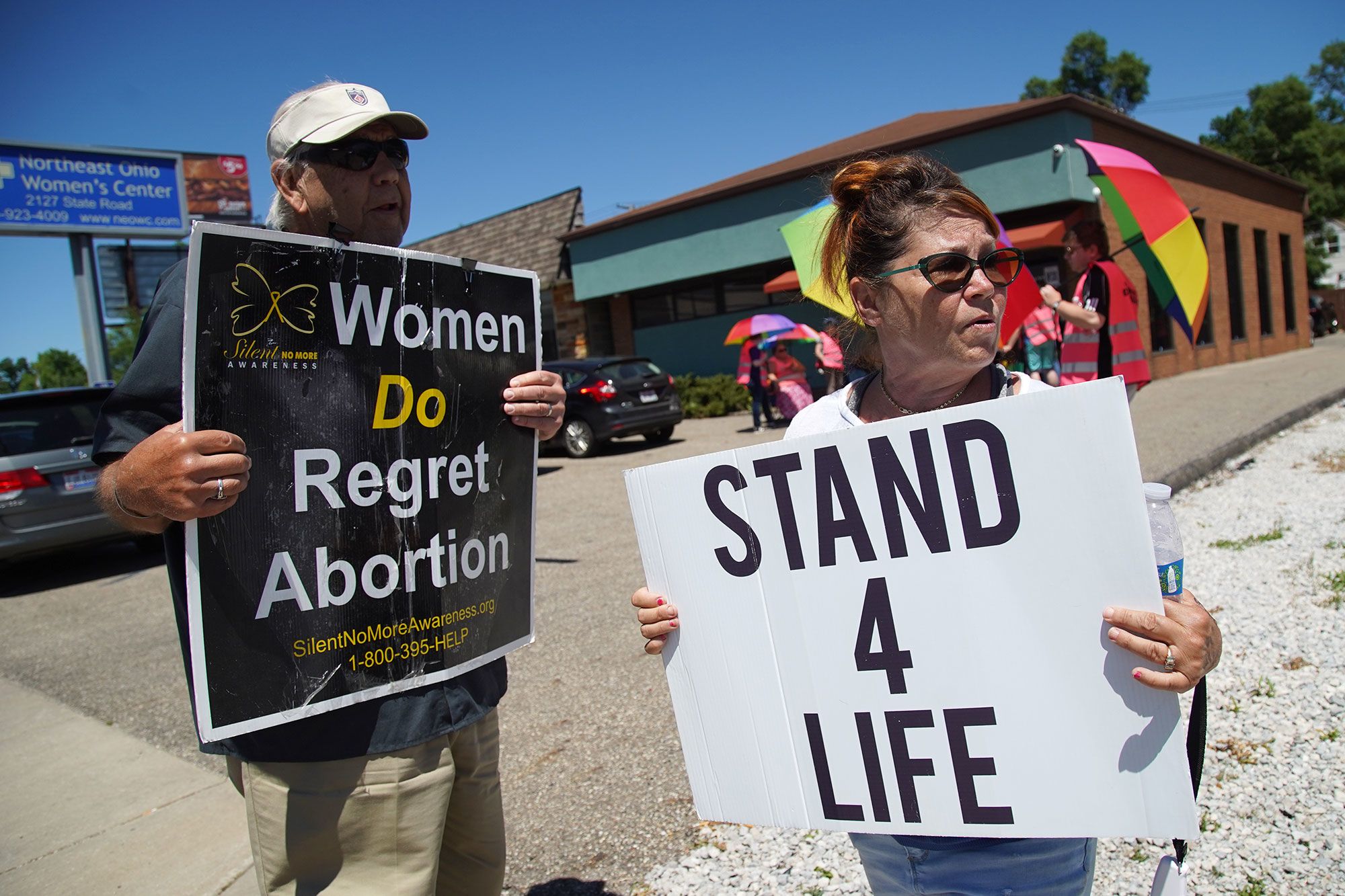
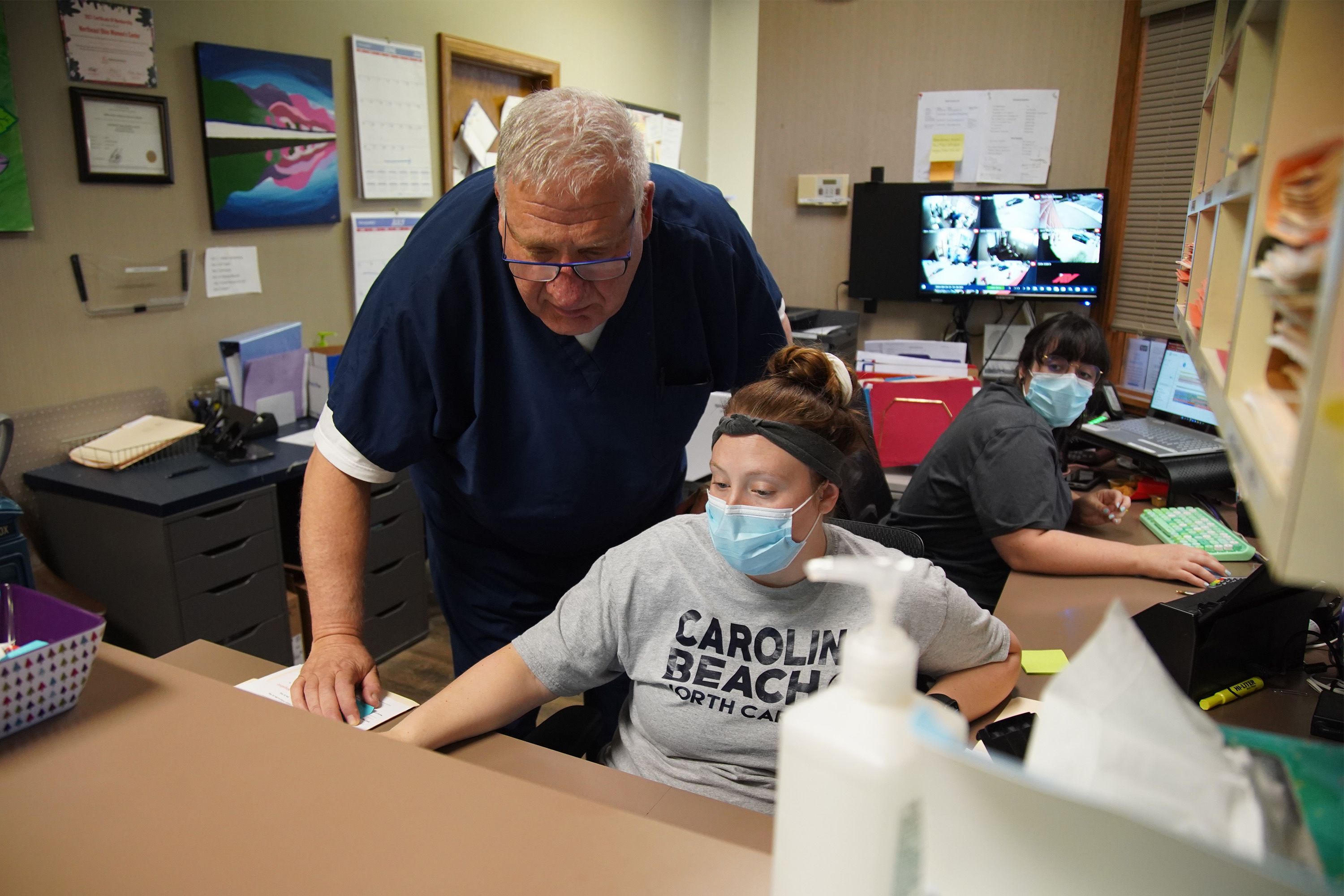
Dr. David Burkons works alongside medical assistant Abby Ruggles inside the Northeast Ohio Women’s Center in Cuyahoga Falls on the day Roe fell on Friday, June 24, 2022.
Dr. David Burkons works alongside medical assistant Abby Ruggles inside the Northeast Ohio Women’s Center in Cuyahoga Falls on the day Roe fell on Friday, June 24, 2022.
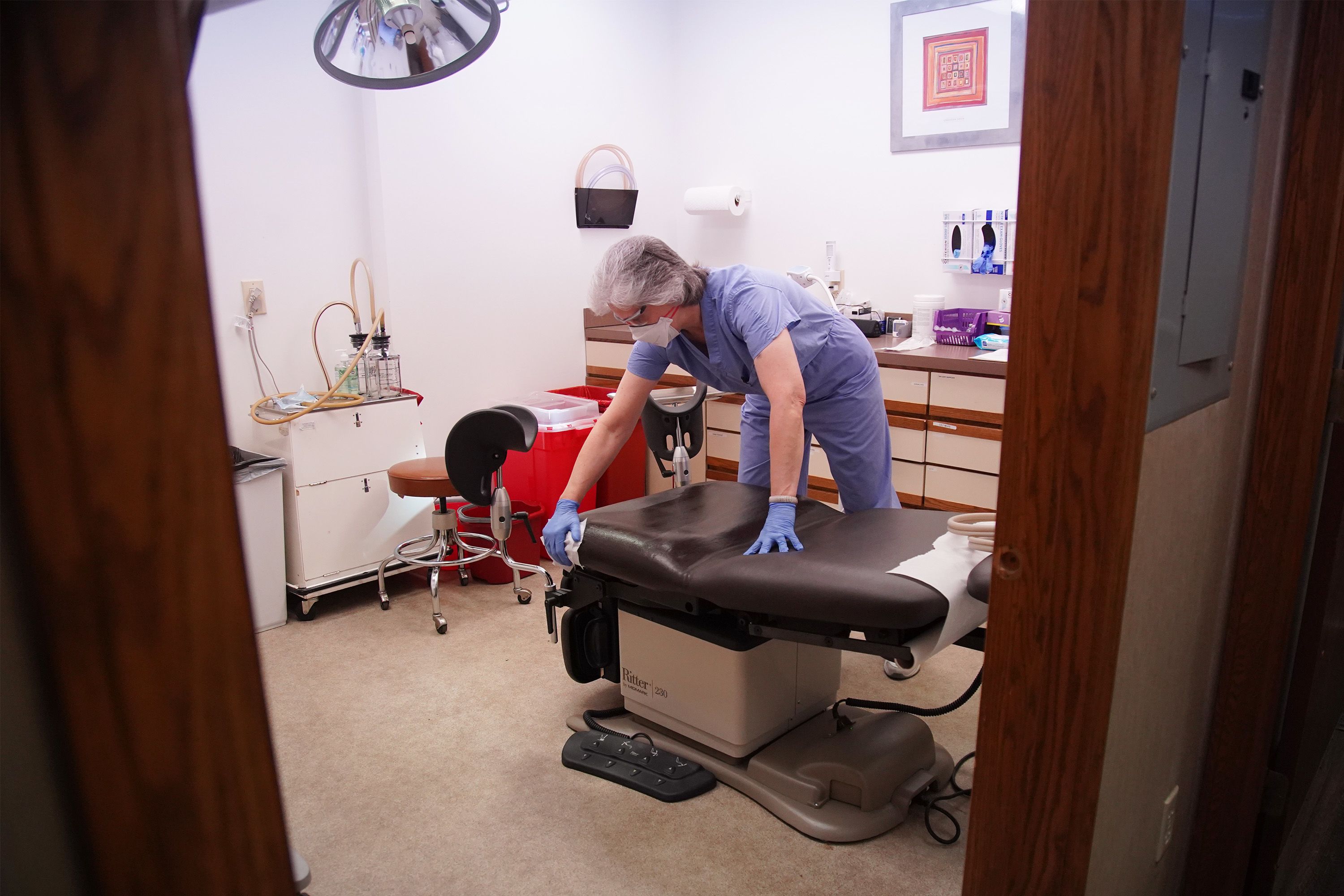
Nurse Katherine, who declined to give her full name, cleans an exam table following an abortion procedure at the Northeast Ohio Women’s Center in Cuyahoga Falls on Friday, June 24, 2022.
Nurse Katherine, who declined to give her full name, cleans an exam table following an abortion procedure at the Northeast Ohio Women’s Center in Cuyahoga Falls on Friday, June 24, 2022.
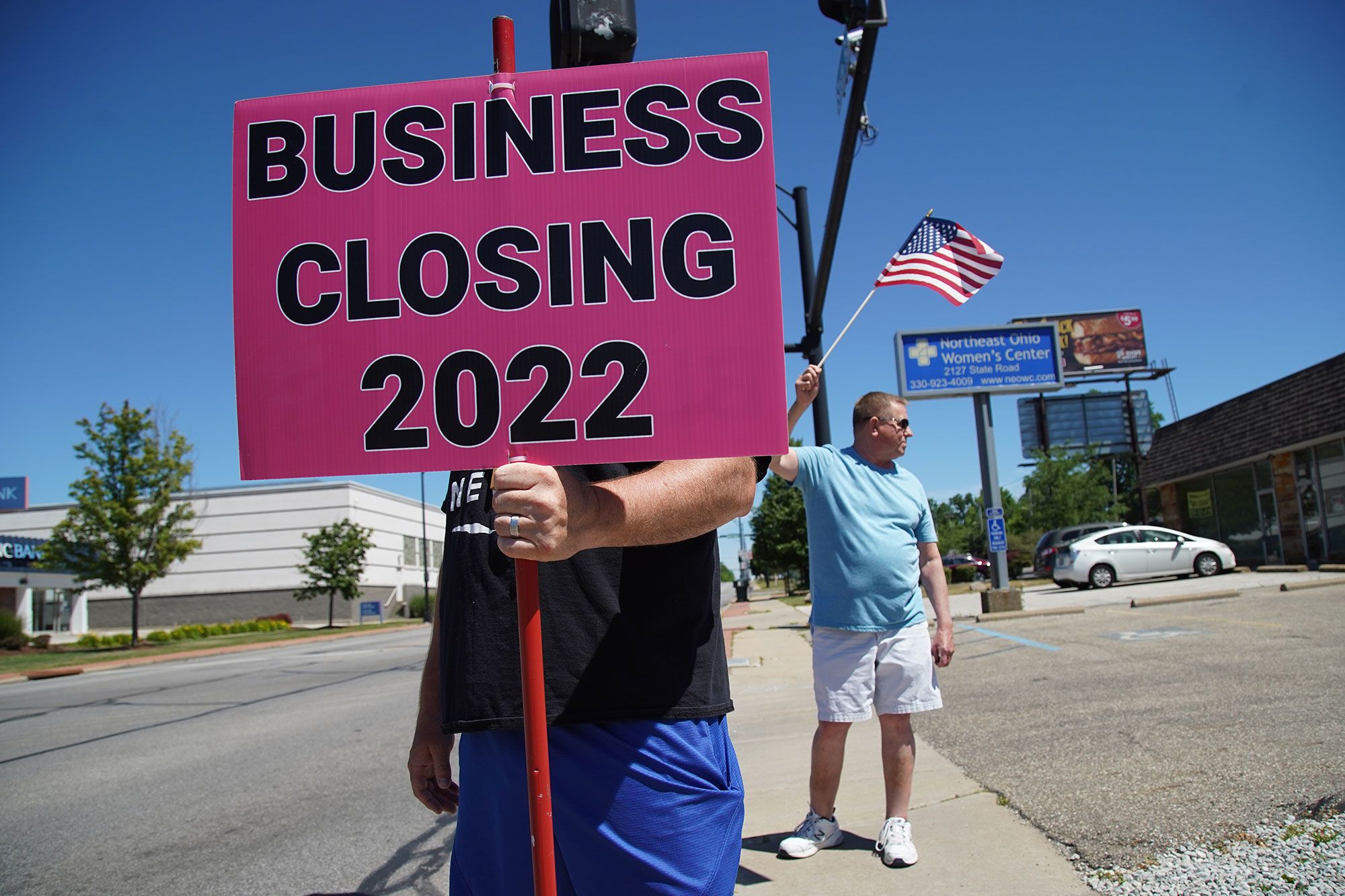
Doug (left) and Del, both of Cuyahoga Falls, stand outside the Northeast Ohio Women's Center on Friday, June 24, 2022, shortly after the U.S. Supreme Court overturned Roe v. Wade. Both said they supported the ruling and declined providing their full names.
Doug (left) and Del, both of Cuyahoga Falls, stand outside the Northeast Ohio Women's Center on Friday, June 24, 2022, shortly after the U.S. Supreme Court overturned Roe v. Wade. Both said they supported the ruling and declined providing their full names.
Burkons was not the only abortion provider facing an uncertain future. By the end of December, 13 states had banned abortion and five more had imposed gestational limits, according to The New York Times. Bans in seven additional states have been blocked by the courts. By October 2, 66 clinics across 15 states closed for good, according to the Guttmacher Institute, a reproductive health research group that supports abortion rights.
On the morning of Decision Day last June, Doug, an ardent abortion opponent, stood outside the Northeast Ohio Women’s Center holding a sign reading “Business Closing 2022.”
"It’s a hopeful sign. We’re hopeful. I don’t know if it will happen," said Doug, who wouldn’t provide us with his last name. He said he didn’t want any public recognition for his advocacy work fighting abortion.
"It’s a good day in America,” Doug continued. “America might not be over as far as depravity …” He paused as a car passed by, its driver leaning on the horn. "In the eyes of God, this is wrong, what we’ve been doing for the last 40-some years."
Back inside the clinic, Sherri Grossman, the executive director of operations, sat at the front desk pondering the impacts of the decision.
"I feel that, in my gut, just that impending doom. A little bit of rage – maybe a lot of rage," she said.
Advocates and opponents alike expected the Supreme Court ruling to gut Roe. In February, the Beltway political magazine Politico had obtained a draft majority opinion written by conservative Justice Samuel Alito. The legal reasoning underpinning Roe was faulty and should be overturned, it said.
The official opinion reached the same conclusion. “The Constitution makes no reference to abortion, and no such right is implicitly protected by any constitutional provision,” the opinion read.
Grossman’s plan to get through the day was simple: Stay focused on the patients and what they needed. But it was going to be a struggle.
"Even though we knew this was going to happen, it still is not any less shocking,” she said, wiping away tears.
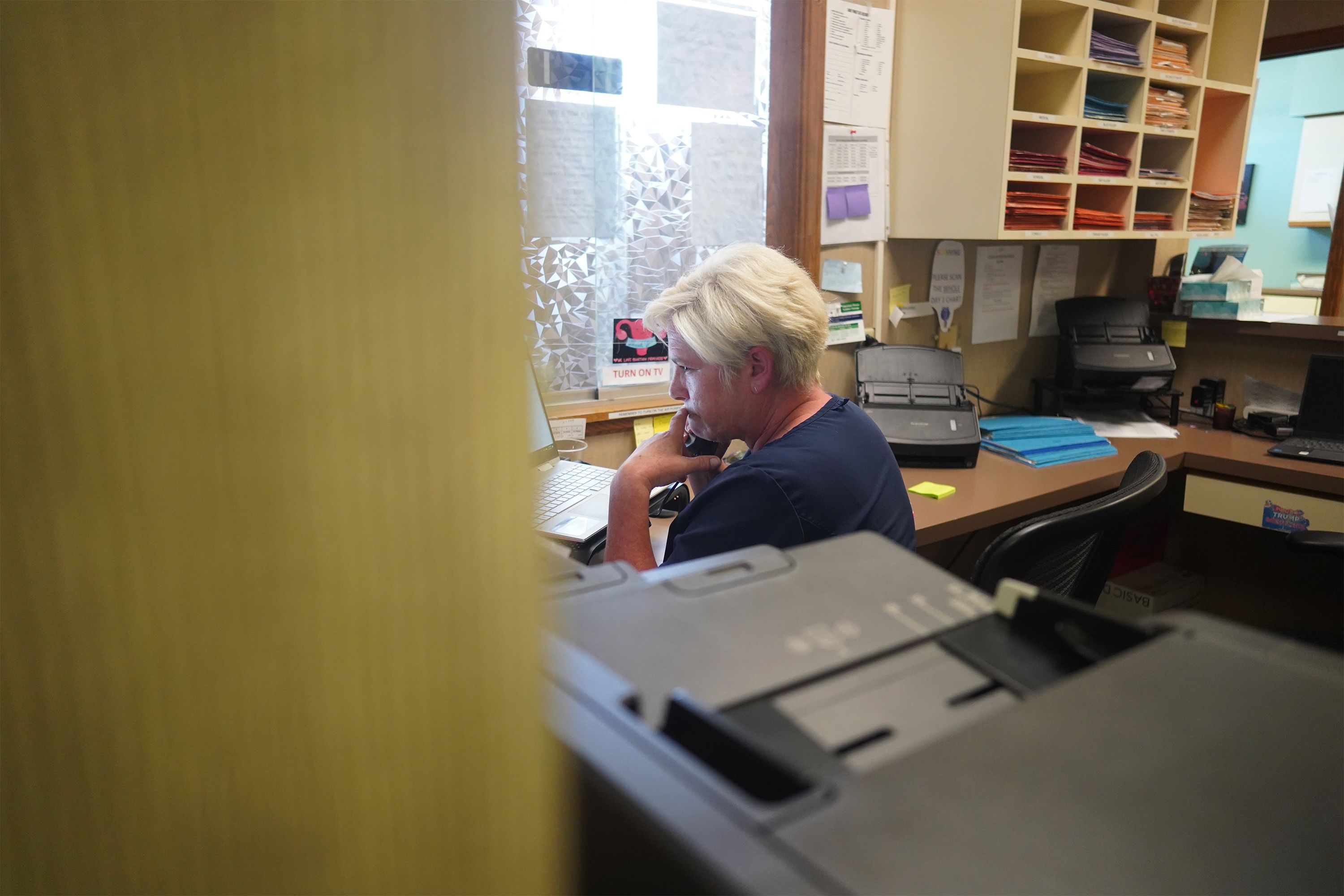
“People are terrified,” said Sherri Grossman, executive director of operations of the Northeast Ohio Women’s Center in Cuyahoga Falls. Grossman said she had been answering calls from patients throughout the day on Friday, June 24, 2022, following the news that the U.S. Supreme Court had overturned Roe v. Wade.
“People are terrified,” said Sherri Grossman, executive director of operations of the Northeast Ohio Women’s Center in Cuyahoga Falls. Grossman said she had been answering calls from patients throughout the day on Friday, June 24, 2022, following the news that the U.S. Supreme Court had overturned Roe v. Wade.
The energy at the clinic felt tense and focused as Burkons and his staff went about their work.
“I might need to step away a couple of times and have a cry and come back.”
In a telehealth appointment, Samantha, a young patient in Canfield, about an hour west of the Northeast Ohio Women’s Center, swallowed a pill to begin her medication abortion.
What would she have done if abortion was no longer a legal option?
"Um, I don't know," she said. “I would have my baby, I guess.”
After Roe comes
the Heartbeat Law

For nearly 50 years, Roe provided women a constitutional right to an abortion in the U.S. But when the Supreme Court threw out that precedent, it returned the right to make laws regarding the procedure to the states.
Some states had “trigger laws” with strict limits or total bans on abortion that were waiting to go into effect should Roe fall.
Since July 2019, Ohio’s Heartbeat Law had been blocked by a federal judge’s preliminary injunction. Within hours after the opinion on Roe, Republican Attorney General Dave Yost tweeted news he successfully petitioned U.S. District Judge Michael R. Barrett to lift that order.
“The Heartbeat Bill is now the law,” Yost said.

The new six-week limit radically altered abortion access in ways that caught everyone involved off guard. Within a matter of days, the world got a glimpse of some of the law’s ramifications.
An abortion provider in Indianapolis, Dr. Caitlin Bernard, told the Indianapolis Star that she had performed an abortion on a 10-year-old rape victim from Ohio. The Heartbeat Law had gone into effect three days earlier and the girl did not meet the legal limit. The law also has no exceptions for rape or incest. The girl traveled to Indiana, where the law is less restrictive, for the procedure.
The story made national and international news, and prompted a reaction from President Joe Biden.
He criticized Ohio’s new abortion restrictions as he signed an executive order aimed at protecting access to reproductive health care in the wake of the Supreme Court’s decision.
"Ten years old! Raped, six weeks pregnant, already traumatized, was forced to travel to another state. Imagine being that little girl. Just — I'm serious — just imagine being that little girl. Ten years old!" a visibly angry Biden said at the White House.
“Does anyone believe that it’s Ohio’s majority view that that should not be able to be dealt with? Or in any other state in the nation? A ten-year-old girl should be forced to give birth to a rapist’s child? I can tell you what, I don’t. I can’t think of anything that’s much more extreme,” Biden added.
Ohioans with unwanted pregnancies were now in a race to get an abortion before the six-week legal limit. Many didn’t make the cutoff. Burkons said abortions at his clinics fell by half. Preterm, an independent, nonprofit abortion clinic in Cleveland, reported turning away 90% of its patients in the early days of the Heartbeat Law.
Those who could do so traveled to states with more liberal abortion laws. Some sought financial help from organizations like Abortion Fund of Ohio, which pays for abortions and their related costs.
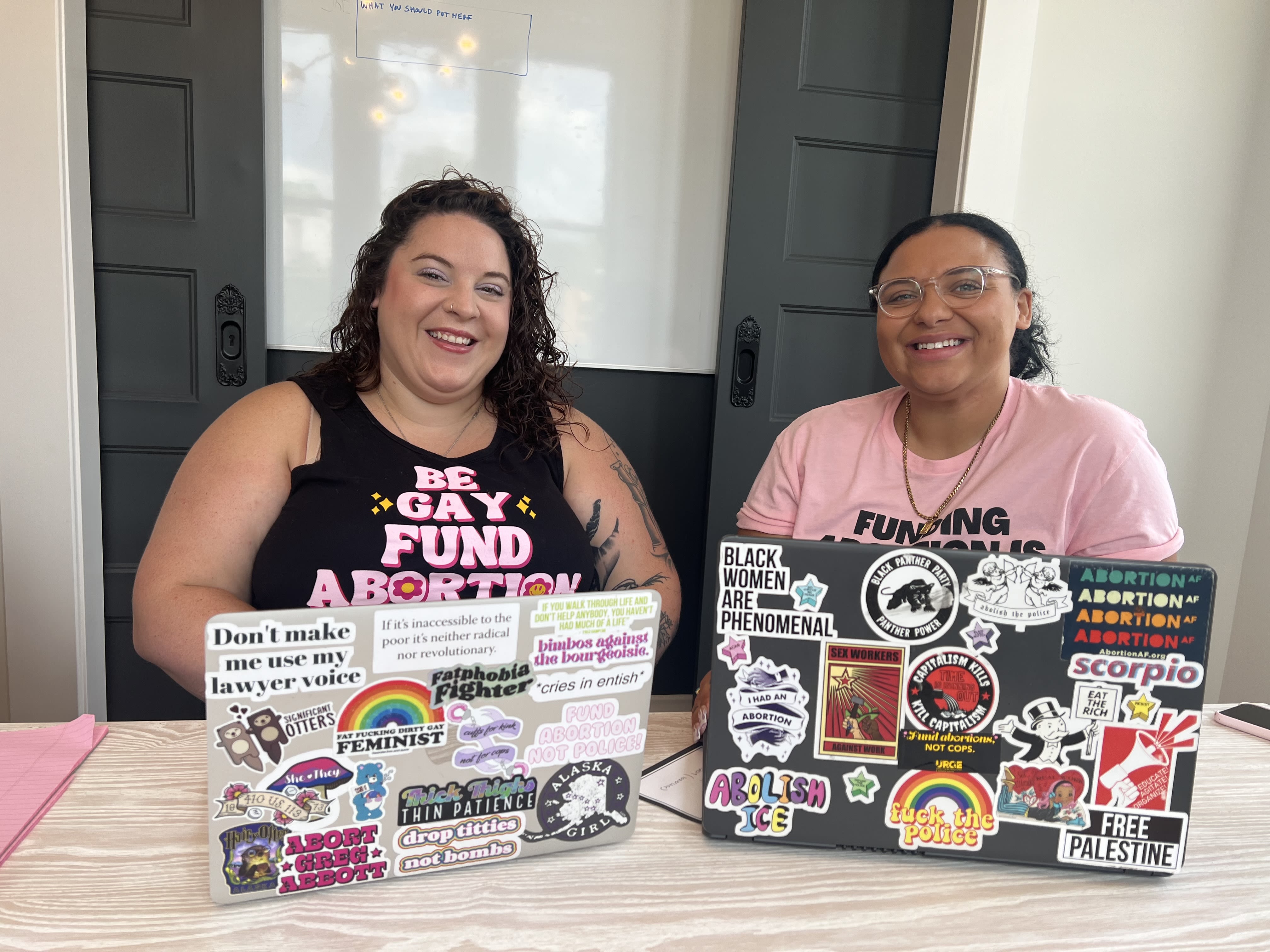
Maggie Scotece (left), interim executive director of Abortion Fund of Ohio, sits next to a frequent collaborator, Jordyn Close, board president for the Abortion Fund of Ohio. Close is also deputy director of Ohio Women’s Alliance, a reproductive justice advocacy group.
Maggie Scotece (left), interim executive director of Abortion Fund of Ohio, sits next to a frequent collaborator, Jordyn Close, board president for the Abortion Fund of Ohio. Close is also deputy director of Ohio Women’s Alliance, a reproductive justice advocacy group.
"We had a client who I had to send over $400 to for Uber because she doesn't have a way to get to her appointment. And she's going to have to Uber the entire way there," said Maggie Scotece, the Abortion Fund's interim director.
The client was traveling to Michigan for her abortion. Voters in Michigan, California and Vermont approved constitutional amendments guaranteeing the right to an abortion in November’s midterm elections.
For Burkons, the doctor who owns the Northeast Ohio Women’s Center, the decision was clarifying.
"I’m sitting in my living room and I said to my wife, ‘Hey, I'm 75 years old. I can retire, do something else, try to stay out of your hair,’” said Burkons. “And she didn't say anything because she knew what was going to happen. About 15 minutes later, I said, ‘I just can't let these a******s win and, just keep going.’"
He will keep practicing, he said, if not in Ohio, then perhaps in neighboring Michigan.
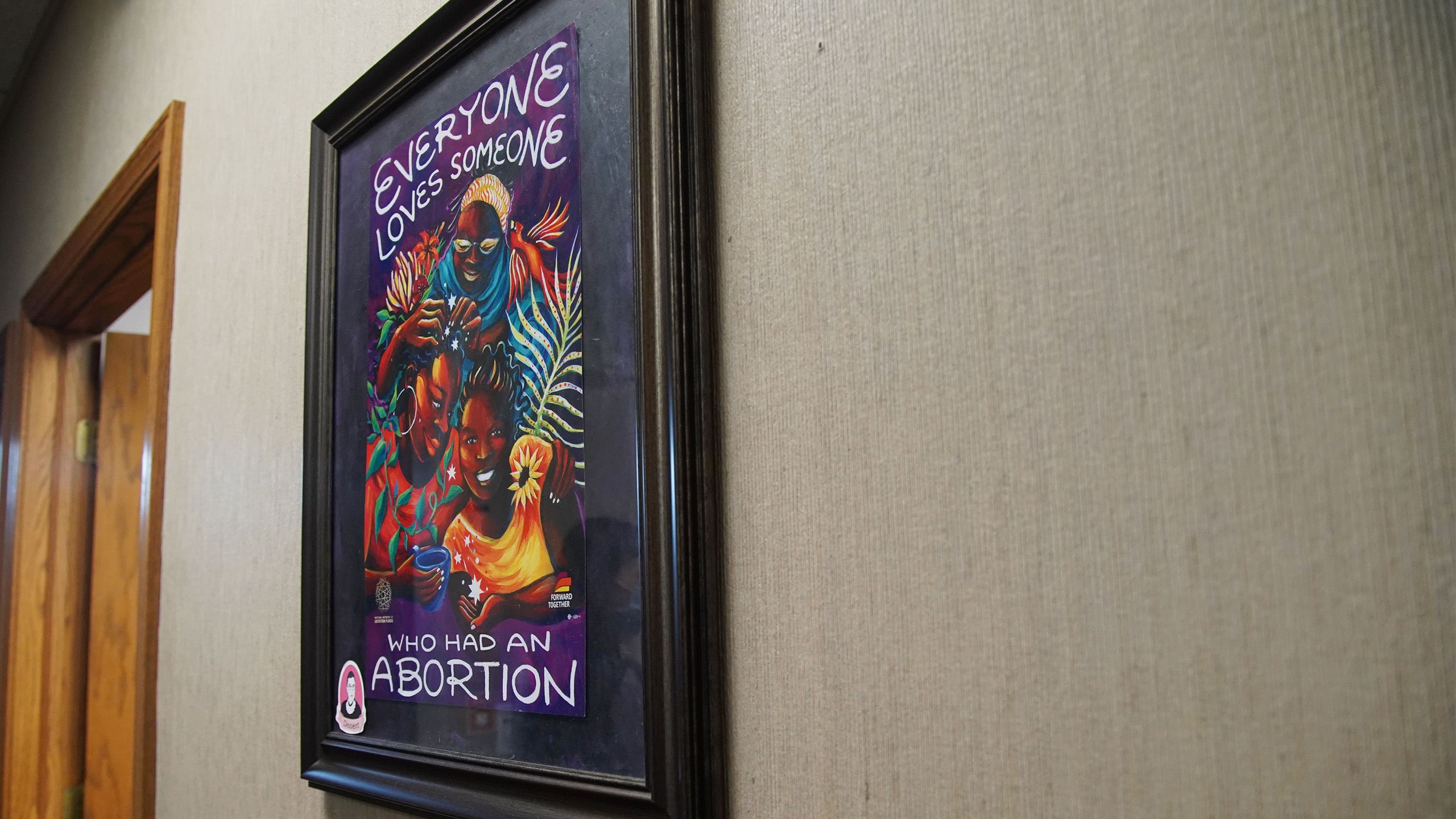
“Professionally satisfying”

Burkons owns and operates the Northeast Ohio Women’s Center, which has an office in Cuyahoga Falls and another in Shaker Heights. He also owns and operates the Toledo Women’s Center in Toledo. Burkons said that, together, his clinics performed 4,613 surgical and medication abortions in 2021.
He said it’s professionally satisfying to help people with unplanned pregnancies who want an abortion.
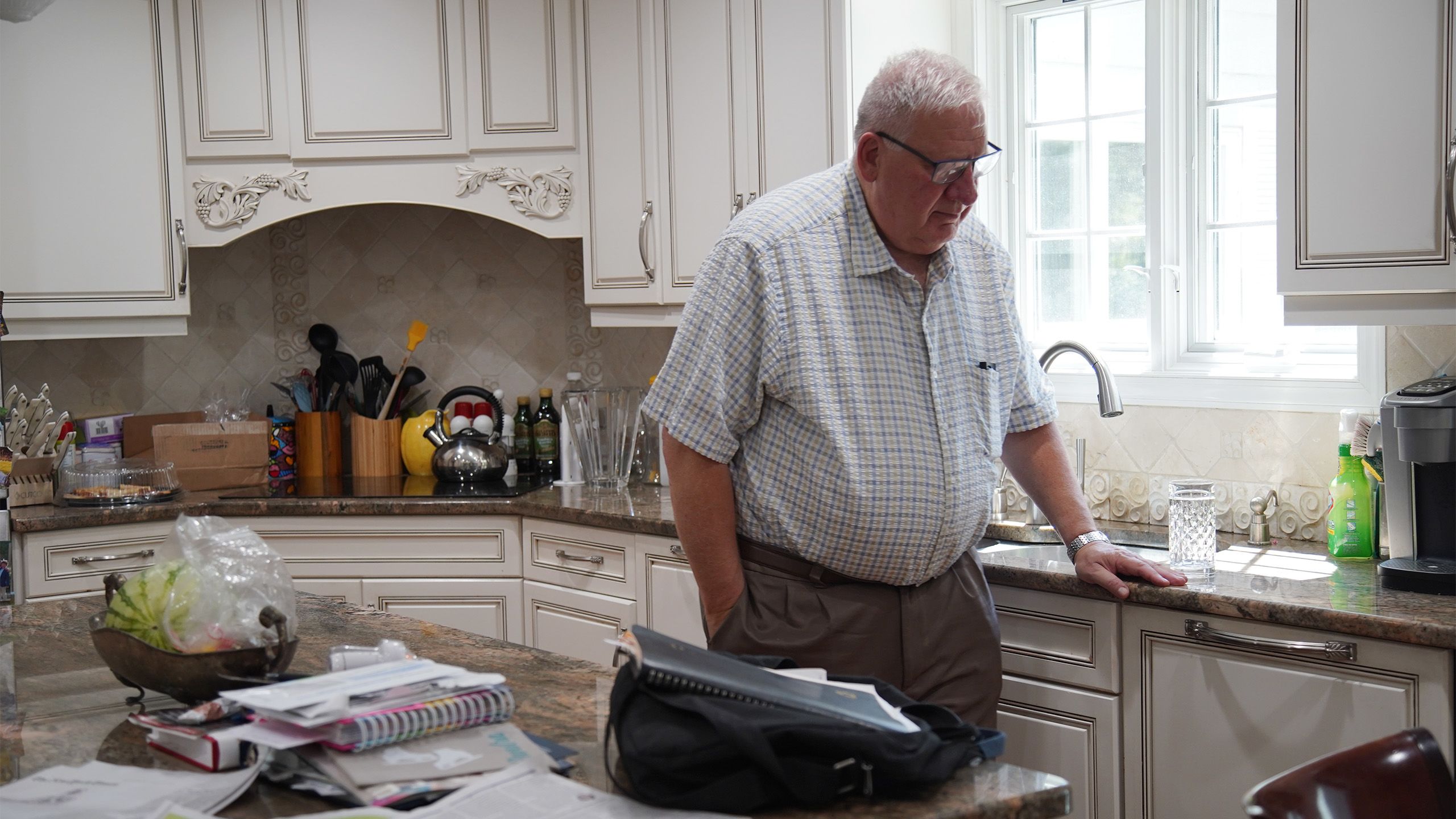
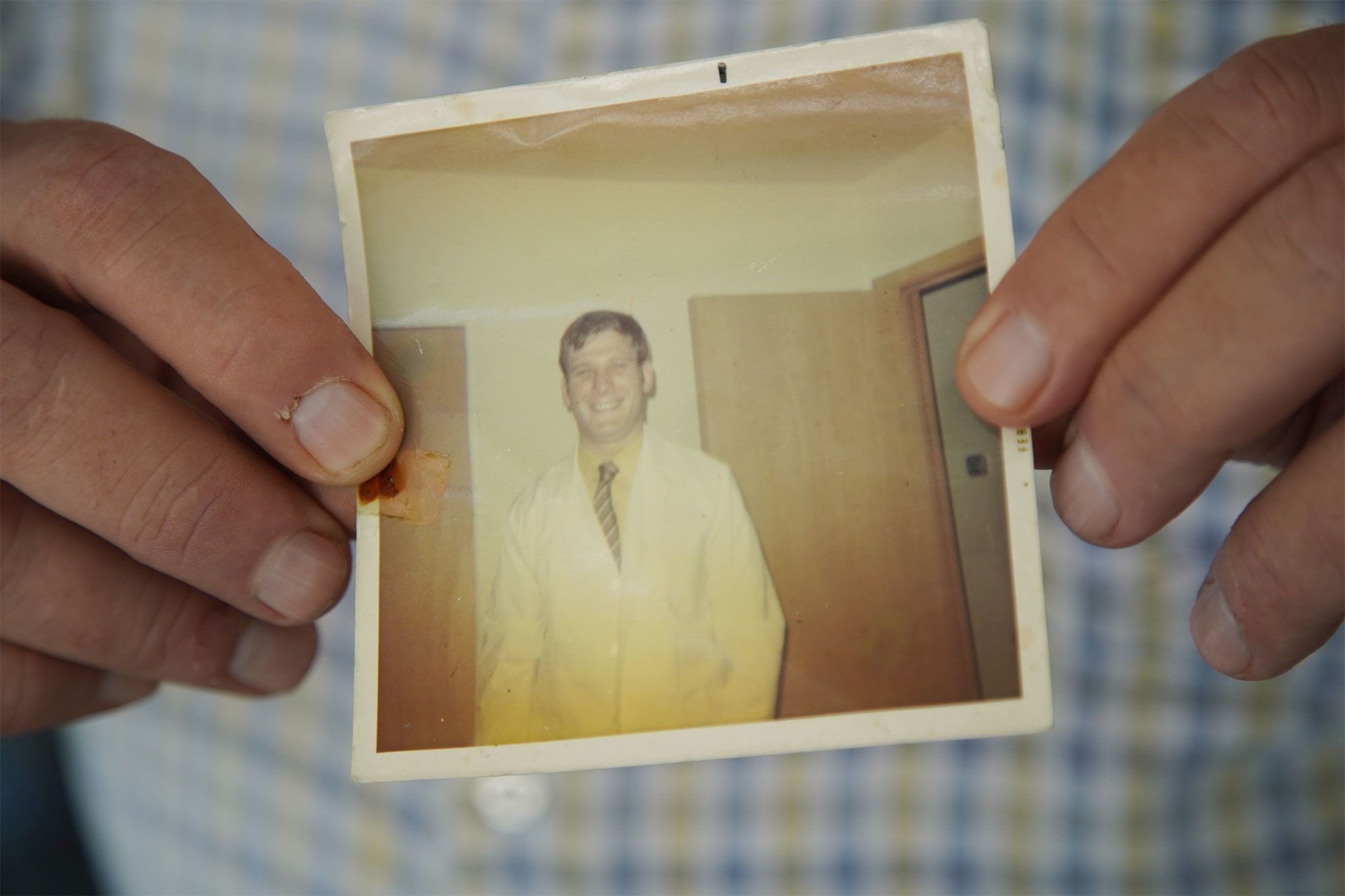
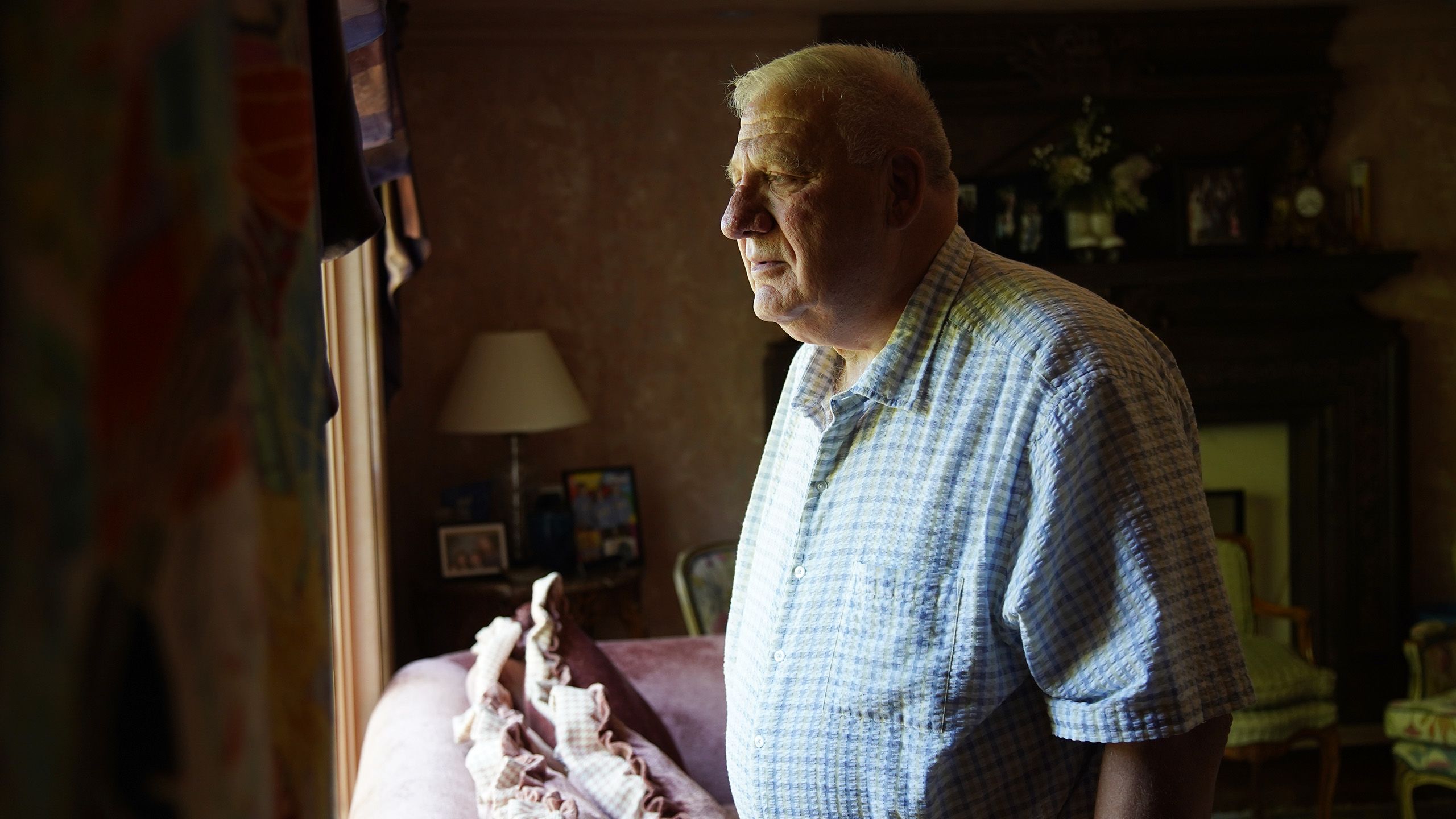

"I’m sitting in my living room and I said to my wife, ‘Hey, I'm 75 years old. I can retire, do something else, try to stay out of your hair,’” said Dr. David Burkons. “And she didn't say anything because she knew what was going to happen. About 15 minutes later, I said, ‘I just can't let these a******s win and, just keep going.’"
"I’m sitting in my living room and I said to my wife, ‘Hey, I'm 75 years old. I can retire, do something else, try to stay out of your hair,’” said Dr. David Burkons. “And she didn't say anything because she knew what was going to happen. About 15 minutes later, I said, ‘I just can't let these a******s win and, just keep going.’"

Dr. David Burkons holds a photo of himself from early in his medical career.
Dr. David Burkons holds a photo of himself from early in his medical career.

Dr. David Burkons stands for a photo inside his Shaker Heights home.
Dr. David Burkons stands for a photo inside his Shaker Heights home.
“When I had my private practice of OB-GYN, it was a very good practice,” he said. “But most of the time, I'd sit in my office, and I didn't change anybody's life. Here, every person that comes in here with their problem leaves without that problem.”
Burkons is a master of the workaround. When the COVID-19 pandemic hit, he introduced vibrating call buzzers so patients could wait in their cars for their appointments.
When the FDA allowed telehealth visits for medication abortions, Burkons leveraged that decision to save his patients a second trip to the clinic. He gives them their drugs in a lock box during their Day One in-person consultation. He gives patients the combination during a Day Two telehealth appointment.
Burkons has some signature lines in his interactions with patients.
There’s the way he greets a patient after they’ve completed the state-mandated 24-hour waiting period between their initial consultation and their procedure.
“God, I haven't seen you in forever. Like a day!” he said to one young woman during a telehealth visit to start her medication abortion.
He has a stock recommendation for dealing with uterine cramps, which are common after an abortion.
“Stay ahead of the pain. You do the things Mom taught you when you were 12,” he said to a patient during another telehealth visit. “You know, curl up in a ball with a heating pad and say that you wish you were a boy!”
“I only had boys,” he explained to the patient, who was chuckling. “Now I have granddaughters, and they tell me that.”
There’s also his advice at the end of nearly every procedure.
“You know the best way to thank us?” he told a patient in June. “Make sure you and all your friends vote.”

A patient holds a demo lock box during a consultation at the Northeast Ohio Women’s Center in Cuyahoga Falls.
A patient holds a demo lock box during a consultation at the Northeast Ohio Women’s Center in Cuyahoga Falls.

Dr. David Burkons talks with a patient at the Northeast Ohio Women’s Center in Cuyahoga Falls.
Dr. David Burkons talks with a patient at the Northeast Ohio Women’s Center in Cuyahoga Falls.
Ohio’s new abortion rules
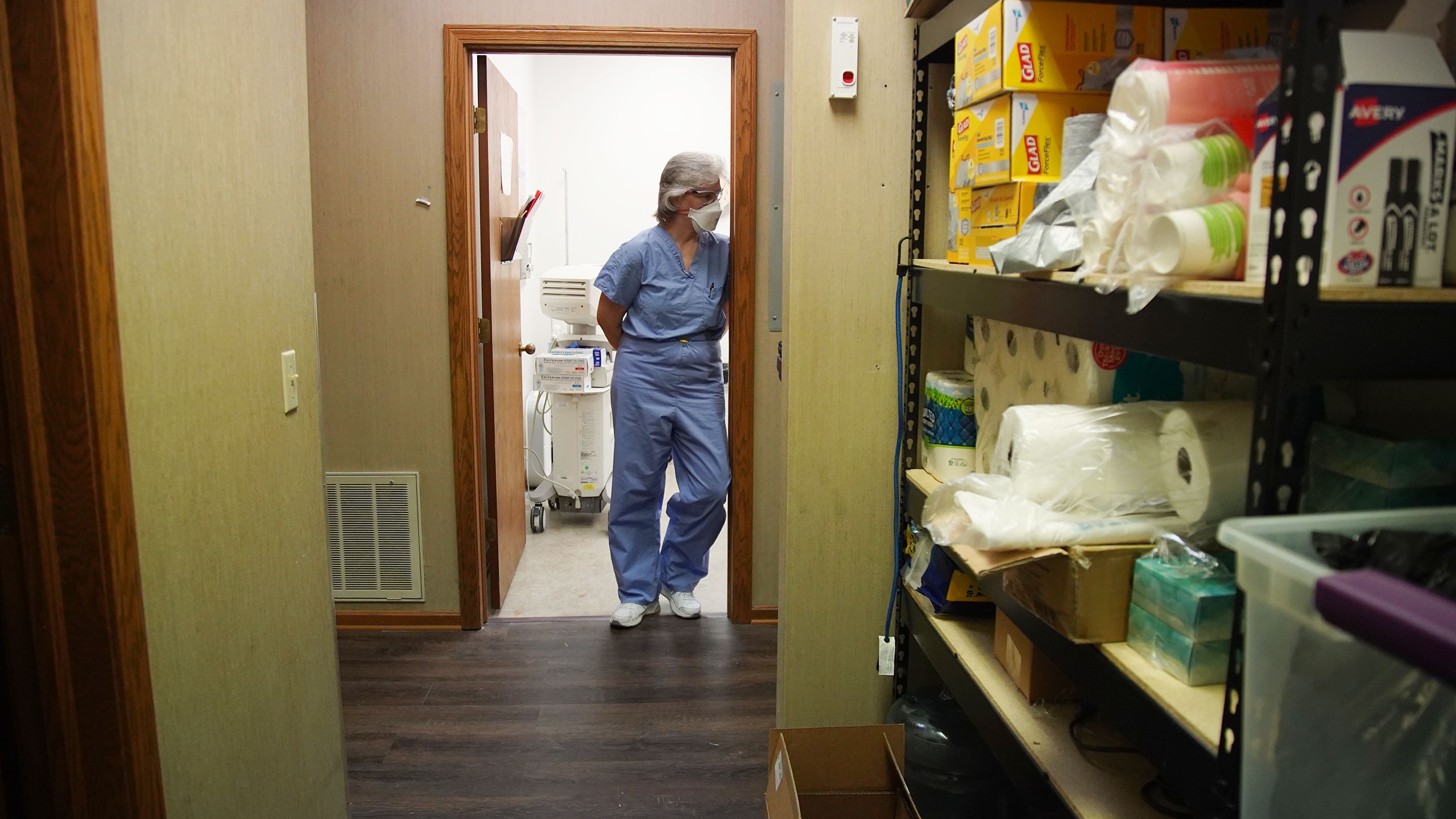
Ohio’s heartbeat law was in force for three months between June 24 and Sept. 14, when a Hamilton County judge put it on hold.
Hamilton County Common Pleas Judge Christian Jenkins, a Democrat, halted the law after Burkons and other abortion providers sued. They argued the law violated the Ohio Constitution’s guarantee of due process and health care freedoms.
As that case proceeds, Republican lawmakers are considering even more abortion restrictions. Bills introduced in the 134th General Assembly included a legal declaration that life begins at conception and a bill that would allow citizens to sue people they believe helped someone get an illegal abortion.
Those bills, if introduced and adopted in the 135th General Assembly that began this year, would come on top of dozens of existing rules and regulations regarding abortion in Ohio.
Many of those laws were passed after 2010, when Republicans won the governor’s office and a supermajority in both the Ohio House of Representatives and the Ohio Senate.
“We've passed over 25 different pro-life laws, rules and regulations in Ohio, far exceeding Texas, Florida, any traditional red, pro-life state,” said Mike Gonidakis, the president of Ohio Right to Life, an anti-abortion lobbying group based in Columbus.
“I'm proud of that because we believe they're common sense solutions to help to get us to where we are today.”
But those who support abortion rights see those laws differently.
“It's an unbelievably byzantine web of legal regulations,” said Jessie Hill, a volunteer attorney with the ACLU of Ohio and professor of law at Case Western Reserve University. She represents the Northeast Ohio Women’s Center and other clinics in legal matters.
“We have a right-to-life organization in Ohio that is very well connected into the Republican power structure,” she added.
“So, even though Ohio isn't often thought of as being as conservative a state as, like, Texas or Mississippi, it has often been on the cutting edge of abortion restrictions in particular.”
Abortion rights advocates want to take the issue to voters in the form of a ballot measure. Two simultaneous efforts are underway. A new group, Ohio Physicians for Reproductive Rights, is seeking to put an amendment before voters this November that would codify abortion rights in the Ohio Constitution.
The other, Ohioans for Reproductive Freedom, a coalition that includes Preterm and Planned Parenthood, want an amendment, too, but they want it on the ballot for the next presidential election in 2024.
Both groups say an amendment is needed because Ohio’s legislature is out of step with ordinary Ohioans.
Polling shows the public takes a nuanced view of abortion.
A USA TODAY Network Ohio/Suffolk University poll last September showed that nearly 68% of likely Ohio voters opposed a heartbeat ban like the one Ohio lawmakers passed in 2019, and 84% supported exceptions for victims of rape or incest, which the law does not allow.
The thorny and complex debate surrounding abortion has become increasingly heated even as the abortion rate has declined over the past 30 years. Americans are getting half as many abortions as they did in the 1980s, figures from the Guttmacher Institute show.
In Ohio, the number of abortions has also been trending down for decades, according to the state’s most recent abortion report.
In the early 1980s, abortion was at its peak. Ohio reported more than 45,000 between 1983 and 1984. By 2021, just over 21,000 abortions were performed in Ohio. Abortion rates have been falling since the mid-1990s, the abortion report shows. In 1997, the rate per 1,000 women ages 15 to 44 in the state was 14.3. By 2021, it fell to 9.3.
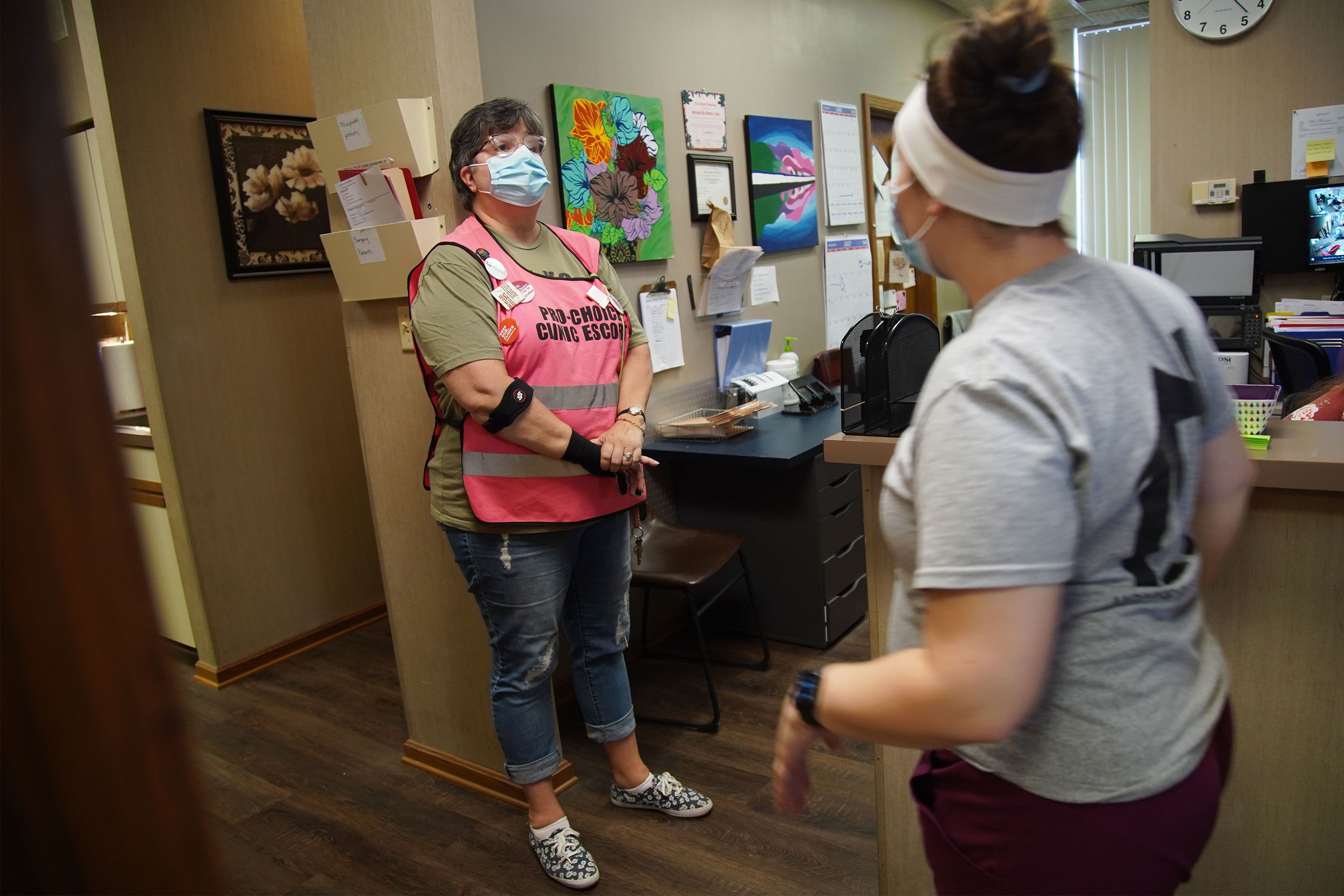
From the moment it was signed into law in 2019 by Republican Gov. Mike DeWine, Ohio’s six-week legal limit served both as a threat to abortion-rights activists and a rallying cry for anti-abortion protesters.
DeWine told reporters at the signing ceremony that he hoped it would go all the way to the U.S. Supreme Court so the court could reconsider Roe.
“The purpose of this bill is really to have a vehicle for the United States Supreme Court, so that should it be ready to do so, it can revisit its prior rulings,” he said.
As expected, abortion clinics challenged the law in federal court. They said the Heartbeat Law’s strict six-week limit violated Roe, which allowed abortion up to when a fetus could survive outside the womb. That’s around 24 weeks, according to doctors who treat premature babies.
The federal challenge never made it to the Supreme Court, as Gov. DeWine had hoped. It didn’t have to. Another case out of Mississippi, Dobbs v. Jackson Women’s Health Organization, took down Roe.

Next:
Ohio’s Heartbeat Law was welcomed by many who oppose abortion. But it also made the work of pregnancy centers harder.
Learn more in Chapter 2: The Pregnancy Center

